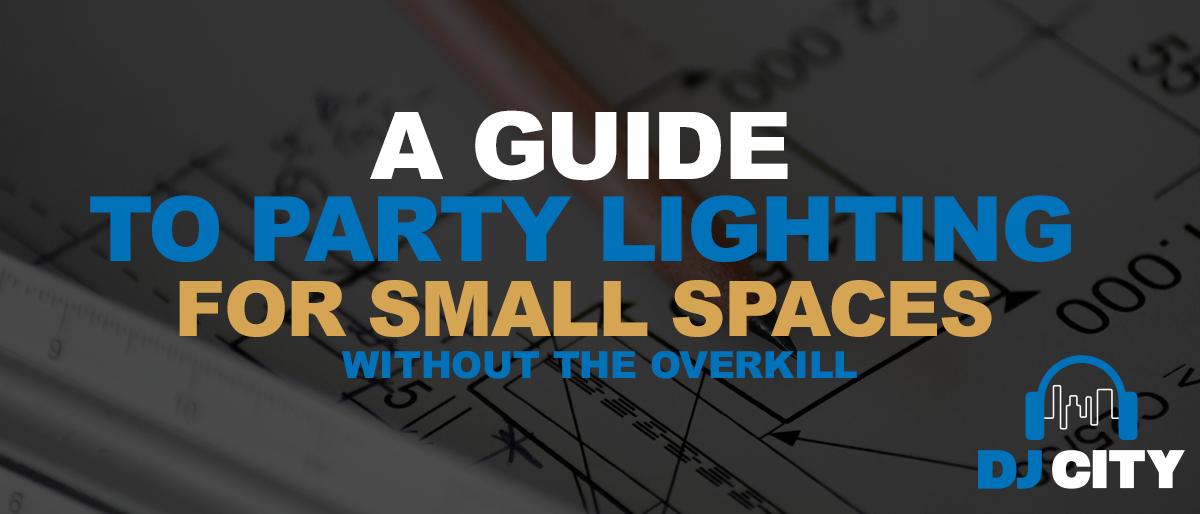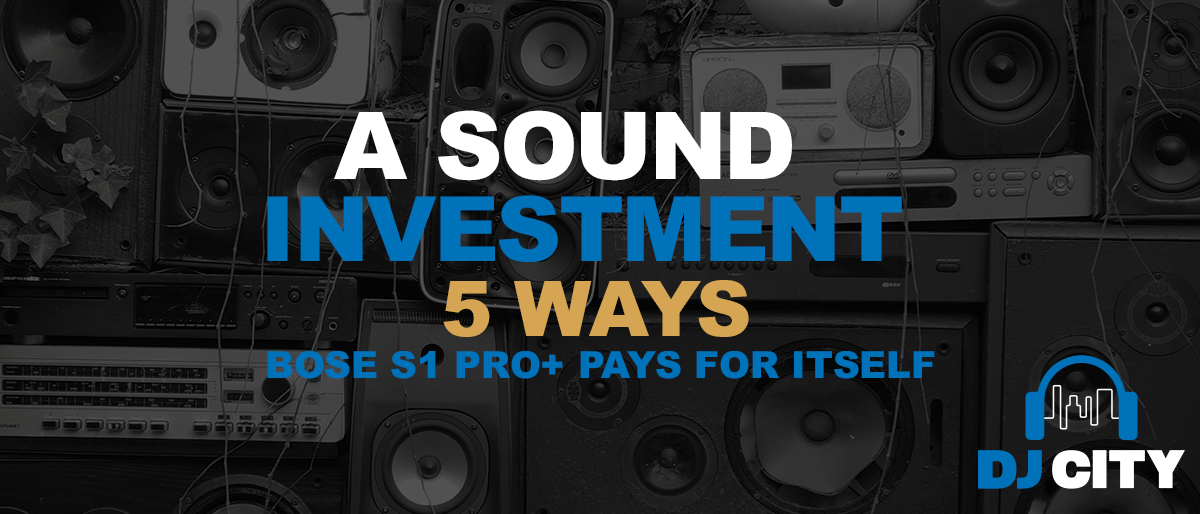
Mono Vs. Stereo: Mixing Tips For Pro Results
In the world of audio production, understanding the difference between mono and stereo mixing is crucial for achieving professional-quality results. Whether you’re a budding producer or a seasoned audio engineer, mastering these techniques can elevate your mixes and music to new heights.
If you don’t understand the difference yet, don’t worry! We are here to explore what mono and stereo mean, and what’s the difference, offer some general tips and break down everything you need to know.
Understanding Mono and Stereo
Before we delve into the practical mixing techniques, let’s clarify what mono and stereo mean in audio production
Mono
Mono is short for monophonic. It refers to a single-channel audio signal.
In mono, all sound elements are combined into one audio stream, resulting in the same sound coming from all speakers or headphones. If you have two speakers and cover either one up, there will be no change in the sounds being heard (only the volume).
Stereo
Stereo is short for stereophonic and involves two separate audio channels (left and right). This allows for the creation of a wider soundstage and the ability to position sounds in different locations within the stereo field.
In the example above, if you have two speakers and cover one up, there will be a change to not just the volume but the sounds being emitted as well.
Using Mono and Stereo to Improve How You Mix
General Tips
Regardless of whether you happen to be currently mixing in mono or stereo, these general tips will help you achieve better results.
-
Start with a Reference Track
A reference track is a professionally mixed and mastered song that serves as a sonic benchmark for your mix. It helps you set a target for your mix’s overall sound, balance, and quality.
Here’s how to use a reference track to inspire you effectively:
- Choose a relevant reference: Select a song that exists within the same genre or with a similar style to your own. This helps you to reference the track’s sonic characteristics as they are relevant to your intended mix.
- Analyse the reference: Study the reference track to identify what you like and don’t like about the mix so you can apply it to your work. Focus on frequency balance, arrangement, and loudness.
- Use the reference for comparison: Periodically switch between your mix and the reference track to compare the two. This helps you identify areas for improvement and make informed mixing decisions.
2. Set Proper Gain Levels Before Mixing
Proper gain staging is crucial for maintaining a clean and efficient signal flow throughout your mix. You can set proper gain levels by adjusting your tack levels, using specific plugins in your audio software or just by checking your master bus.
Why is it important? If your tracks are too hot, they can distort and introduce unwanted noise into your mix. This can lead to a fatiguing and unprofessional sound.
With sufficient headroom, around 6-12 dB should do it, you will have a safe margin to accommodate peaks and transients without the audio getting clipped. Setting proper gain levels helps to improve signal-to-noise ratios and ensures the audio signals are clear and prominent.
3. Use EQ to Create Space for Each Element
EQ (equalisation) is a powerful tool for creating space and clarity in your mix. You can do this by identifying frequency conflicts. This enables you to analyse your tracks and identify ranges where multiple elements are competing for space. You can then use EQ to create more space for each element and enhance the tone and character of individual tracks.
Remember:
- Cut before boosting
- Use narrow bandwidths/Qs
- Make single subtle adjustments
Apply Compression Techniques Carefully
Compression is a crucial tool for controlling audio dynamics and maintaining a consistent level. The first thing to do here is to determine the purpose of compression for each track. Are you trying to control the peaks, even out levels or achieve a specific tone?
Then you can choose the right compressor, set the right threshold and ratio and monitor the gain reduction.
Remember:
- Use gentle ratios
- Set the attack and release times to suit the mix and your desired effect
- Consider using parallel compression for more subtle and nuanced impacts
Focus on Dynamics and Balance
Dynamics and balance are critical aspects of a well-mixed song. Dynamics refer to the contrast between the loud and quiet sections. A good mix should have a natural dynamic range to keep the listener engaged.
On the other hand, balance refers to the distribution of energy across the frequency spectrum. A well-balanced mix should have a clear and defined soundstage. You can improve both the dynamics and balance by creating a contrast in varied levels, tones and texture between sections, adjusting the frequency balance, and paying attention to the master bus.
Take Breaks to Rest Your Ears
We know what it is like to be in the flow, but it is important to take breaks to maintain your ear’s sensitivity and avoid fatigue. Long exposure to loud music can lead to poor mixing decisions and impact your ability to approach the mix with a fresh perspective.
Mono Mixing Strategies
Mixing in mono presents unique challenges and opportunities. Here are some strategies to optimise your mono mixes:
- Focus on the balance by getting the levels right.
- Use EQ creatively to carve out frequency spaces and ensure clarity.
- Leverage depth using reverb and delay.
- Pay attention to phase issues as they can be more noticeable in mono.
- Emphasise contrast and variation in arrangement since you can’t always rely on stereo separation.
Stereo Mixing Strategies
Stereo mixing allows for more spatial creativity. Here’s how to make the most of it:
- Create width through the use of panning.
- Maintain mono compatibility by checking your mix in mono.
- Use stereo imaging tools to enhance the mix.
- Create a sense of space by slightly delaying one channel.
- Experiment with mid-side processing to process the centre and sides of your mix separately.
- Be mindful of extreme panning.
DJ City – for all your mixing needs
Whether you’re planning on using mono or stereo mixing techniques, the DJ City team is here to help you achieve the professional-quality results you want in your productions.
From the right DJing equipment to more tips and tricks from others in the business, we are here to help. To find out more, have your questions answered or find the right mixing equipment, make sure to contact our team today.







